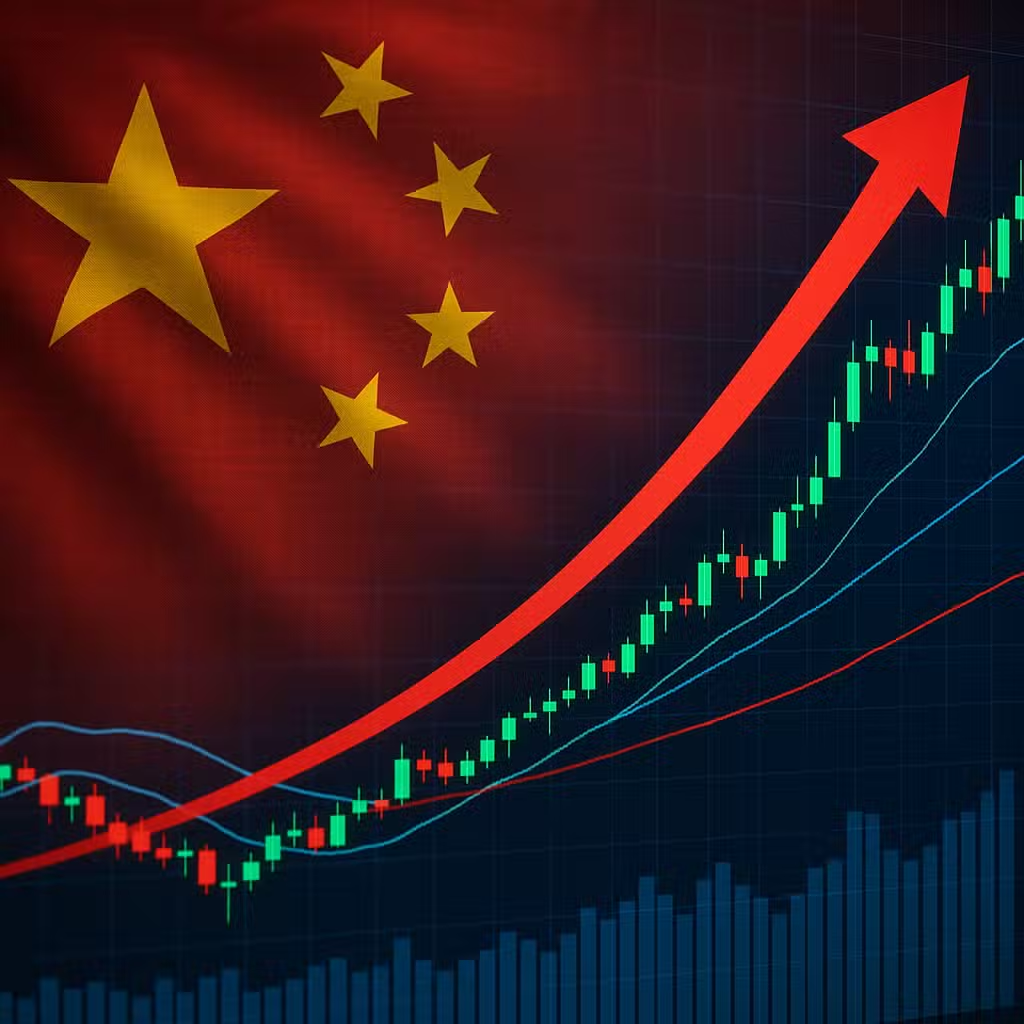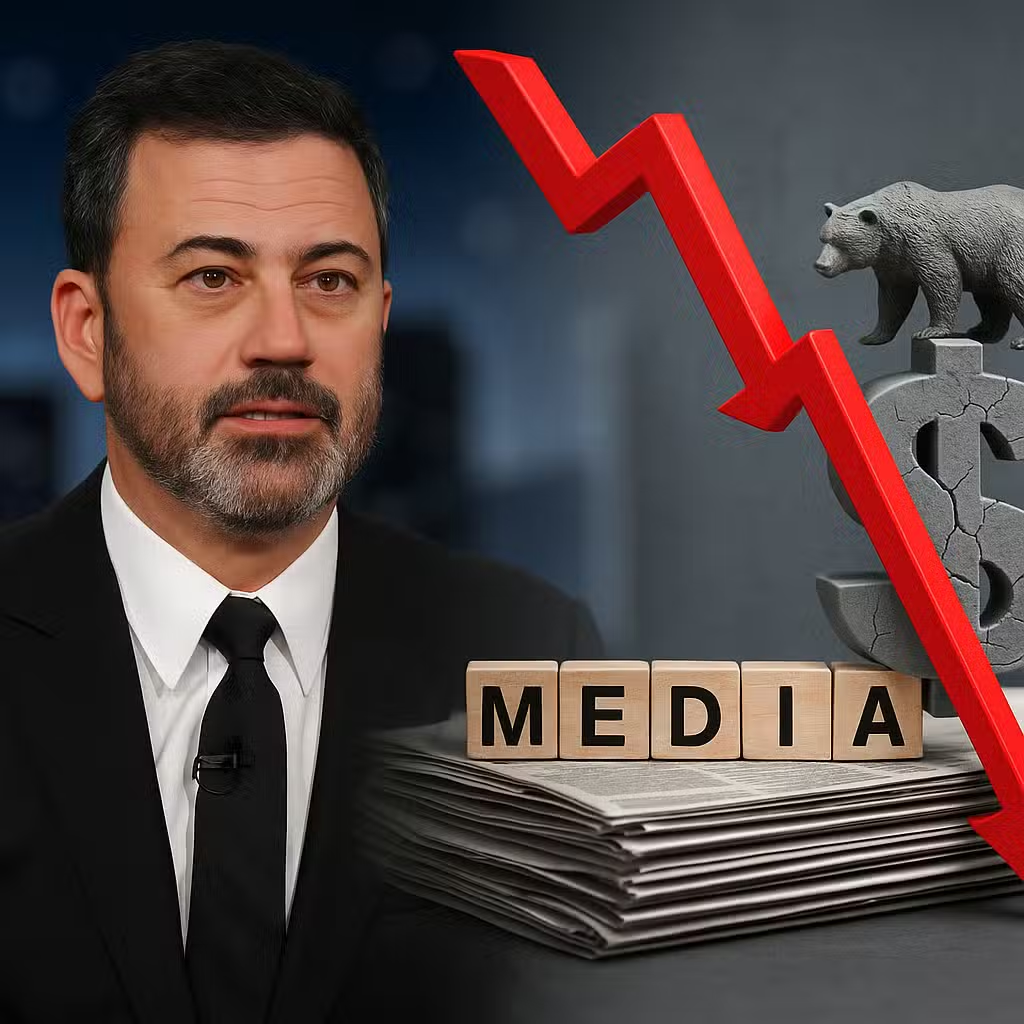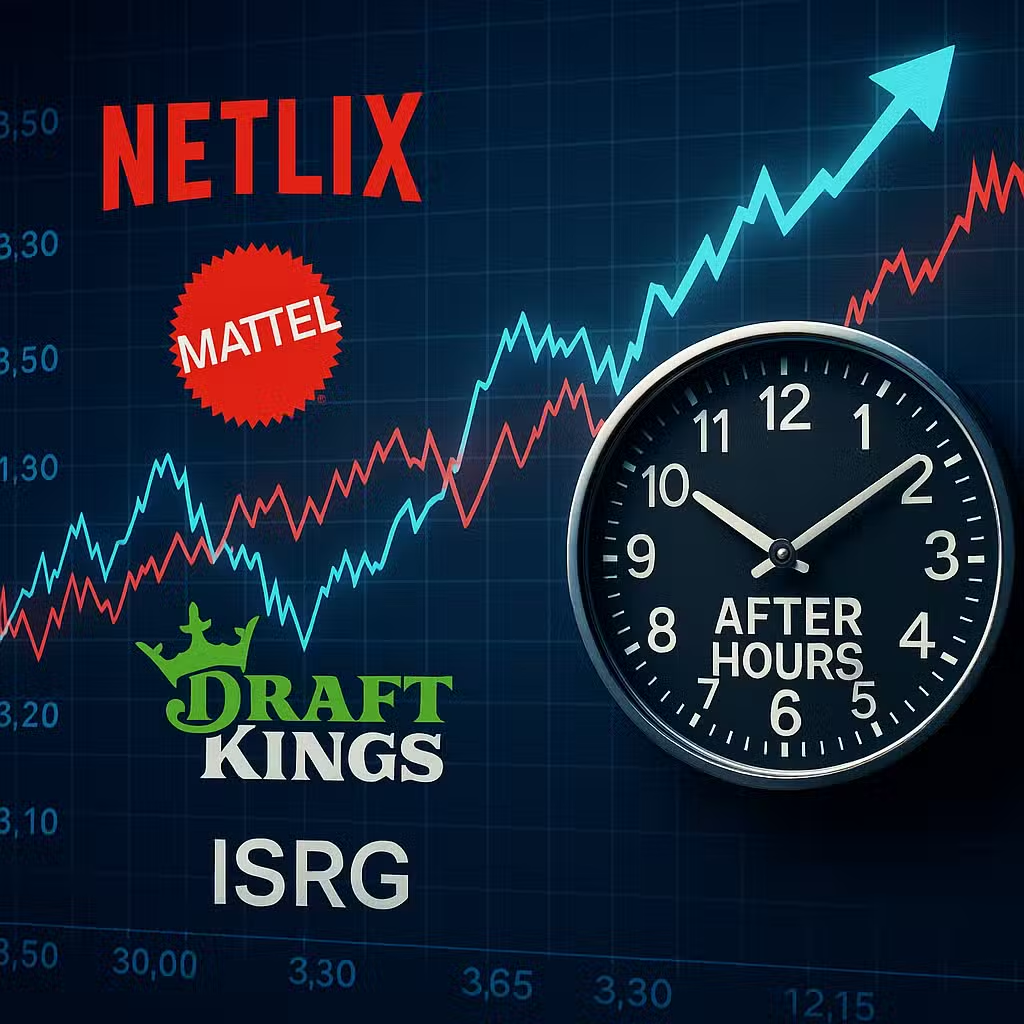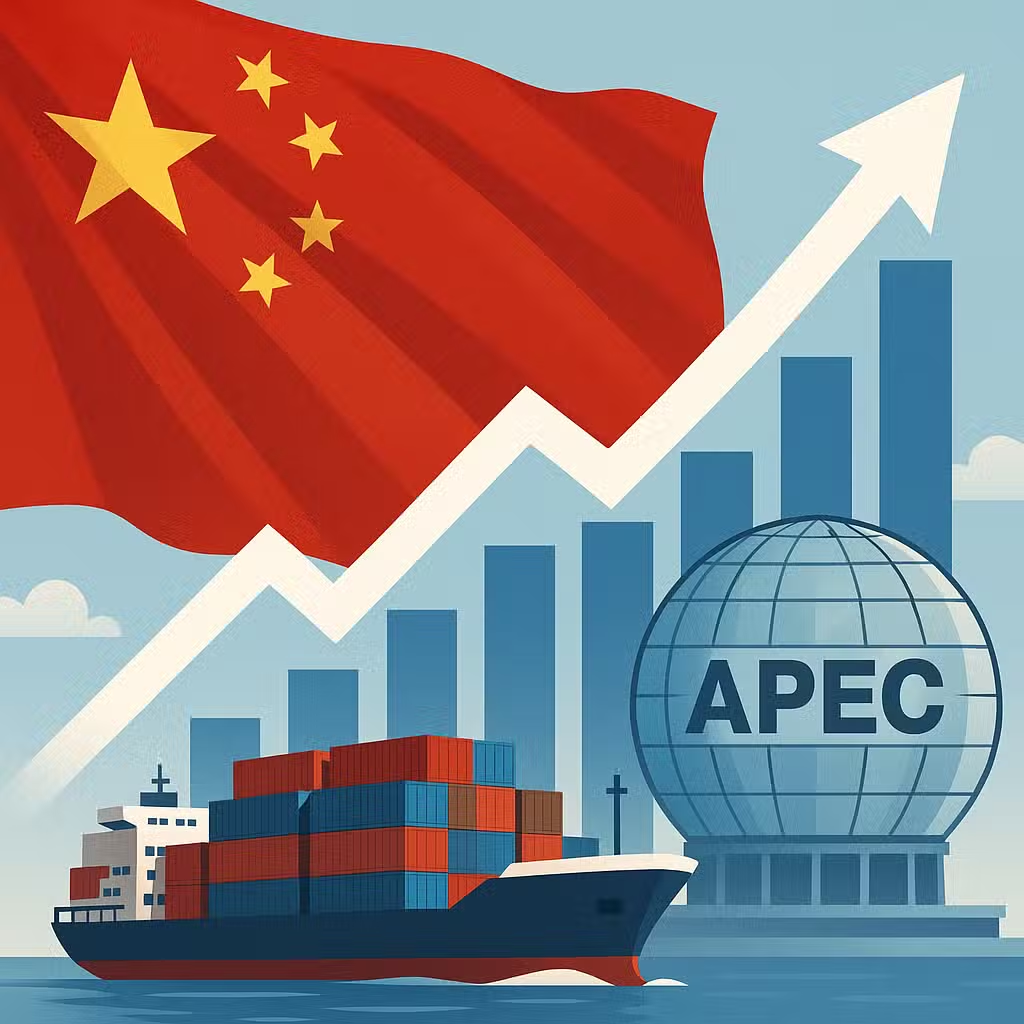China Stocks Gain as Investors Weigh Resilience Against Weak Spending and Trade Risks
Imagine you’re watching a big soccer game—sometimes the team is ahead, sometimes they’re behind, and every move matters. That’s like what’s happening with China’s economy right now, and investors everywhere are watching closely to see what happens next.
China’s Economy: Rising Hopes and New Challenges
Experts are feeling more positive about China’s economic growth for next year, even though things look a bit bumpy right now. The World Bank recently said they expect China’s economy to grow by 4.8% in 2025, which is better than their last guess of 4.0%. But they think growth might slow down to 4.2% in 2026, mainly because there may be less help from the government and not as much demand for Chinese goods from other countries.
China’s leaders are expected to set a growth goal of 4.5% to 5% for the next five years. If they mention targeting inflation or focus more on raising people’s incomes, it could surprise and please investors. One key idea is boosting how much people spend, possibly by making the social safety net stronger.
This matters for investors because China’s economy is huge. If it grows faster, companies that do business there—or sell things to China—could see bigger profits. If growth slows, it could drag down markets around the world.
Trade Tensions: The US and China Face Off
Just like rivals on the field, the US and China are clashing over trade. Recently, US lawmakers suggested banning more sales of chip-making machines to China. China is working hard to make its own computer chips, and the US wants to slow them down. At the same time, China announced new rules that make it tougher for foreign companies to get rare earth minerals—special metals used in electronics and cars.
These issues are heating up right before a big meeting called the APEC Summit, where the US and China could try to reach a trade deal. If they agree, it could lift markets. If talks fall apart, it might hurt stocks—especially in tech and manufacturing.
- Pro: A trade deal could boost global business and lower costs for companies.
- Con: More trade fights can slow down growth and make stocks more risky.
According to the Peterson Institute for International Economics, China’s share of world exports has grown to over 14%, showing how important these trade issues are for everyone.
Stock Markets: Bouncing Back After the Holiday
After a slow holiday week, investors in China came back in a good mood. Stocks jumped, with the CSI 300 and Shanghai Composite Index both hitting their highest points since 2022. So far this year, the CSI 300 is up nearly 20%, and the Shanghai Composite has gained almost 17%. Even more impressive, the Hang Seng Index is up over 33% in 2025.
This rally shows that investors are hopeful for more government help and a possible trade breakthrough. But there are risks. If the US and China can’t agree at the summit, or if China’s leaders don’t step in to support the economy, stocks could fall back down.
- Bullish case: More policy support and a trade deal could keep the rally going.
- Bearish case: No deal or weak economic data could make investors nervous.
Looking back, global markets often get a boost when China’s economy surprises on the upside. For example, after China’s strong stimulus in 2009, emerging market stocks soared over 70% that year (MSCI data).
Investor Takeaway
- Watch for news from the APEC Summit—any trade deal could move global markets fast.
- Keep an eye on sectors tied to China, like tech, autos, and raw materials; these could swing up or down based on policy changes.
- Consider diversifying, since trade tensions and policy surprises can shake up portfolios.
- Don’t ignore the risks—if growth slows or talks stall, markets could get choppy.
- Stay updated on China’s economic data and government plans, as these will shape the next big moves for investors.
For the full original report, see FX Empire







